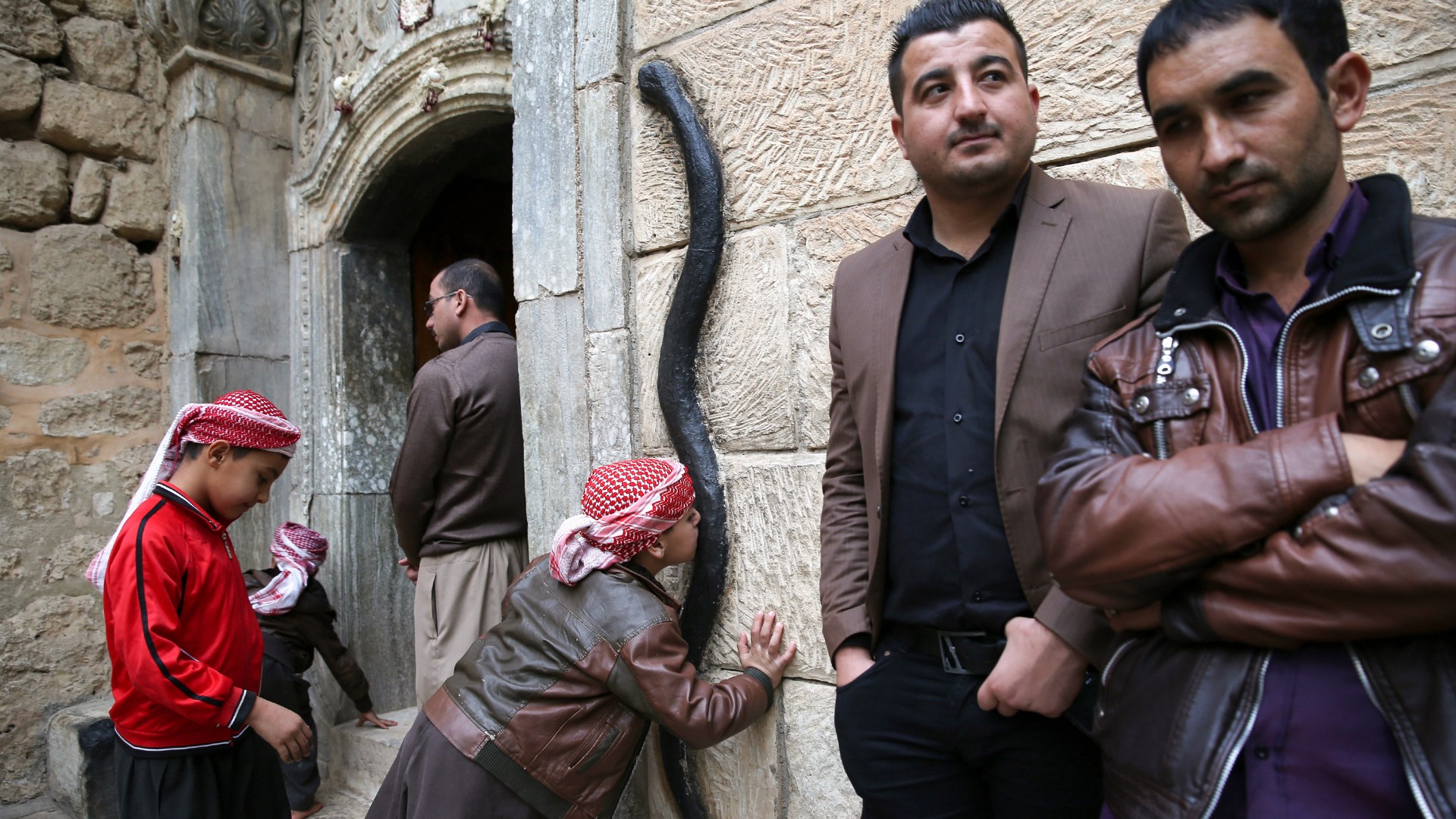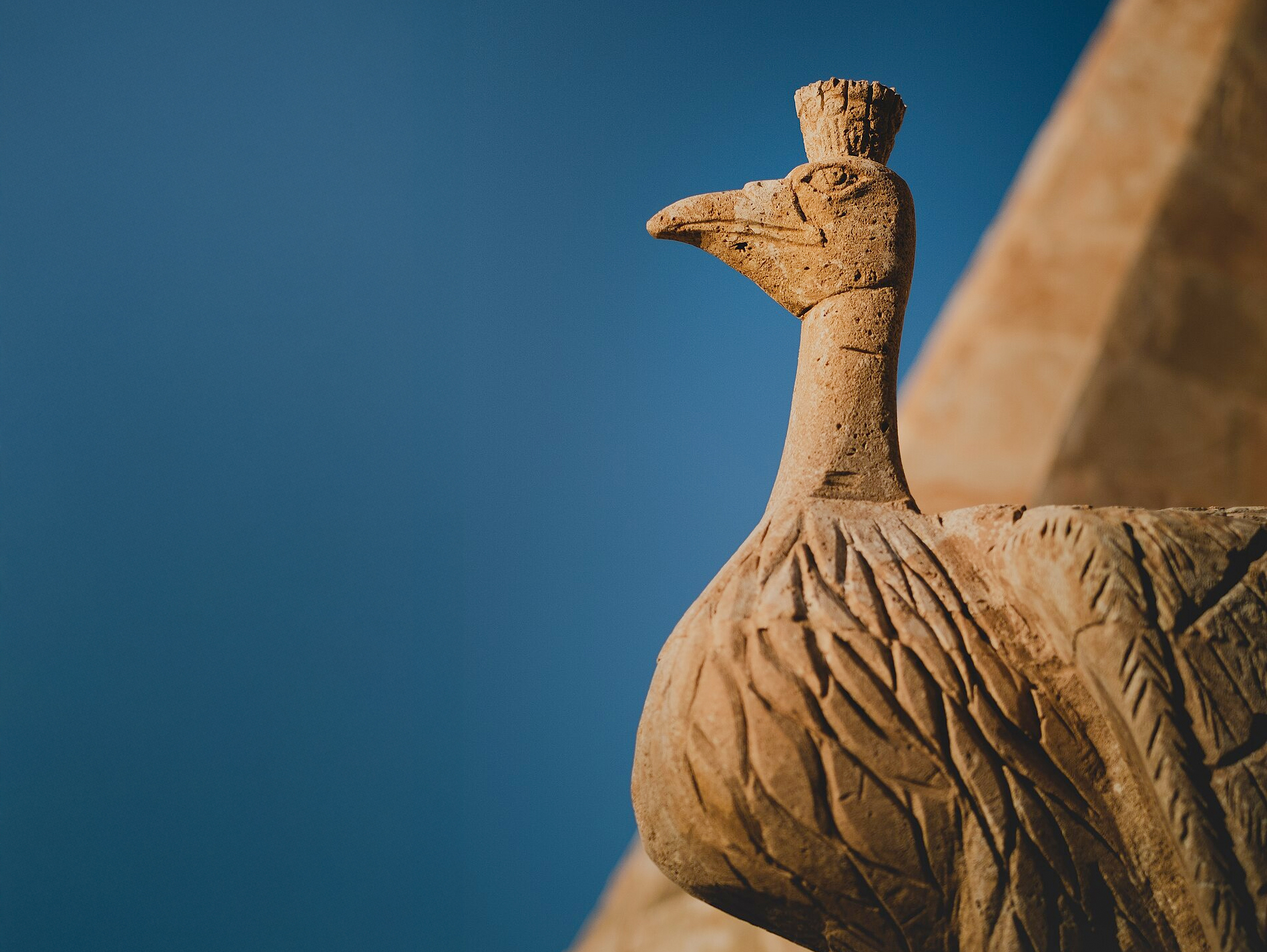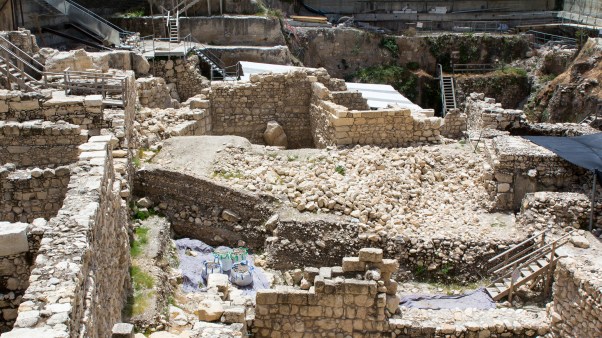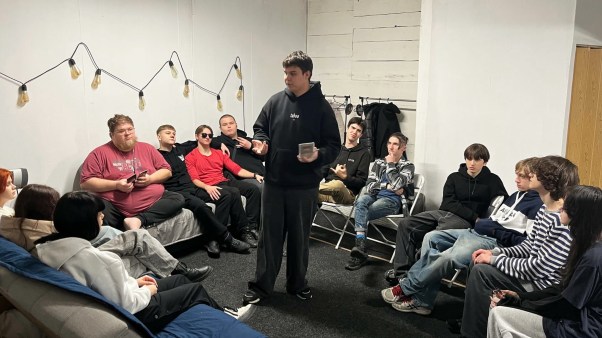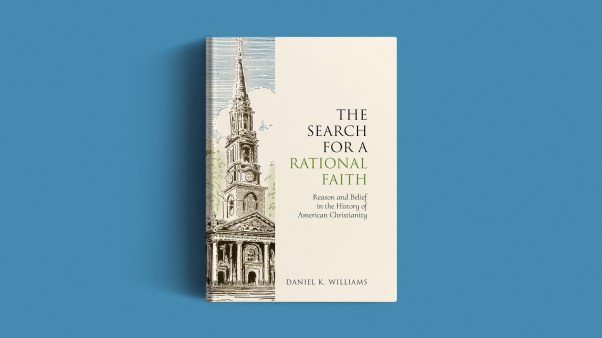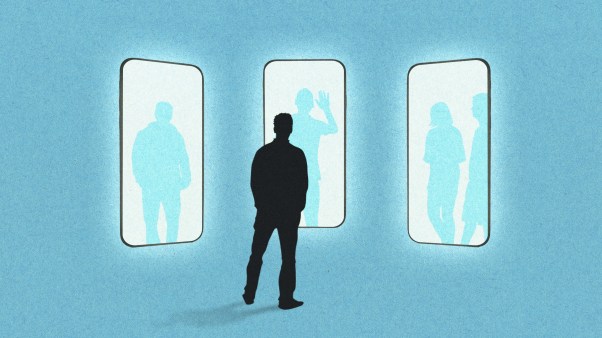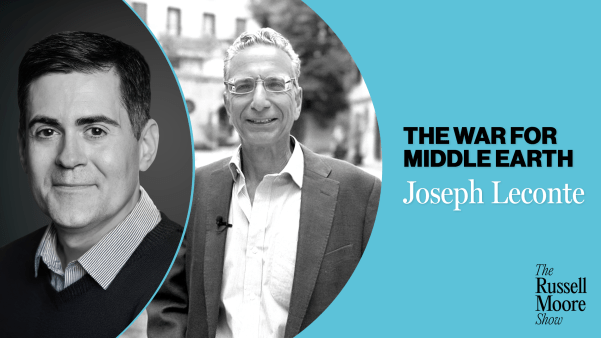This is part 3 in a series on the Yazidi community. Click here for parts 1 and 2.
Hadi Maao has faced multiple challenges in his 22 years of life. At age five, his mud-brick house fell on him, a result of nearby car bombings. At age 12, he fled to the mountains when ISIS displaced his people. At age 19, he dodged police while seeking asylum in Europe. Today, he lives and works legally in the Netherlands, while missing and worrying about his family still living in camps in northern Iraq.
Yet he maintains hope.
“God is always by my side,” Maao said. “And when I pray, he assures me of his presence.”
The thought sounds very evangelical. Yet Maao is Yazidi, a member of a minority religious community in Iraq that dates back to ancient Mesopotamia.
CT profiled Maao in part 1 of this series. In part 2, we described the challenges of Christian aid groups who help Yazidis in Kurdistan, the northern Iraqi region hosting many camps for the displaced. USAID cuts, also described in part 1, have drastically reduced humanitarian service.
Alongside his faith, Maao credited the prayers of his foreign Christian friends for his continued well-being. Conversion to another religion is forbidden to his people, Maao said. But he believes there is only a “thread of difference” between Yazidis and Christians.
This is far from the case in theology. Maao said that in ethics and conduct, the communities are close and keep good relations. But he made the comparison as the two minority religious groups have faced persecution from the majority Muslims, many of whom charge Yazidis with devil worship. Christians sometimes speak similarly, claiming Yazidis worship Lucifer.
The Bible does not give many details about the origin of Satan’s evil—only that in pride the angel rebelled against God and God cast him out of heaven. But in Islam, the Quran relates that when Allah created Adam, he commanded the angels to bow before the human creation. Believing himself superior, Satan refused.
Maao said that in the Yazidi story, God rewarded this angel (which they believe was a spirit called Melek Tawûs) for his refusal, as he would only worship God. In another version, however, Melek Tawûs’s disobedience was forgiven with his repentance, evidenced by tears that quenched the fires of hell.
Maao stated that Yazidi beliefs are relayed by oral tradition, creating multiple narratives as families pass stories down from father to son. Only select members of the religion possess true knowledge of its esoteric tenets, with no standard creed or confession of faith. Alongside the interview with Maao, this article primarily relies on Christine Allison’s entry in the Oxford Research Encyclopedia of Religion.
In the Yazidi language, Melek Tawûs translates as “Peacock Angel,” one of seven spirits called “Holy Beings” that emanate from God yet are inseparable from God’s essence. In this sense, Yazidis consider their religion monotheistic. The peacock—related or not—was an early Christian symbol of immortality. As the chief spirit, the Peacock Angel enacts God’s will in the world.
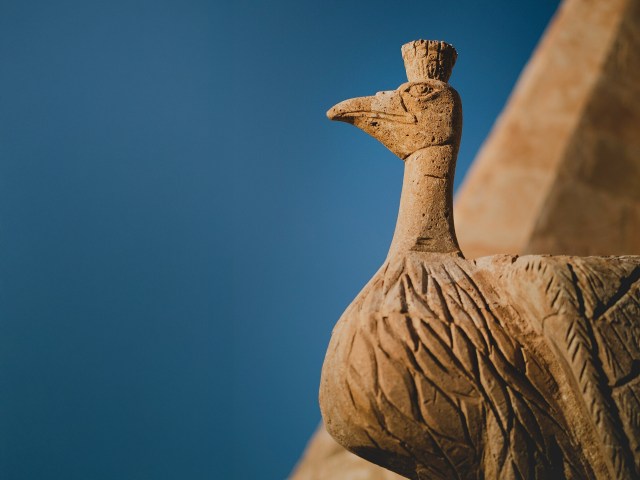 Levi Clancy / WikiMedia Commons
Levi Clancy / WikiMedia CommonsYazidis live primarily in the towns of Sinjar and Shekhan in Kurdistan, and while estimates vary, they number about 500,000 people worldwide. They believe one of the Holy Beings took the form of Adam, whom God created at Lalish, a village north of Mosul in Iraq that to them represents the center of the universe. Yet Yazidis believe they are separate creations from Adam, spirits different from the rest of humanity.
To the Yazidis, Jesus was also an incarnation of the Holy Beings and raised to life by Melek Tawûs. Another was Hasan al-Basri, an eighth-century Muslim ascetic and leading figure in the development of Sufism—Islam’s mystical tradition. Yazidis trace their modern community to Sheikh Adi ibn Musafir, founder of a 12th-century Sufi order and also a divine incarnation.
Yazidis believe that when they die, their souls reincarnate as different Yazidis, with each stage ideally achieving greater purification; according to oral tradition, hell does not figure into the equation. This explains why Yazidis thoroughly reject conversions—for if they convert, they can never return to their religion and are left in a type of limbo, no longer able to progress toward God. Marriage outside the community may also ostracize them. A 19th-century Anglican missionary described Yazidis as industrious, clean, and orderly—but with no interest in the gospel.
“The pain [of conversion] would run deep, a sense of loss to span generations,” Maao said.
Throughout Yazidi history, the people group has constantly faced persecution. Kurdish Muslims executed the grandnephew of Sheikh Adi and killed 200 of his followers and set aflame his bones in effigy. An attack in 1415 burned the shrine at Lalish, and a 1566 Ottoman fatwa licensed the murder and enslavement of Yazidis on the charge of devil worship.
British intervention resulted in an 1849 Ottoman edict granting Yazidis legal status. But in 1892, another attack killed Yazidi civilians and resulted in the community head’s forced conversion to Islam. Yazidis fled their homes in Turkey with the Armenian Genocide and fought alongside Christian Armenians in 1918 to help establish the modern state.
Today, about 35,000 Yazidis live in Armenia, making up the nation’s largest ethnic minority. Thousands went to Germany in the 1970s when the country granted them asylum, and sizable populations reside also in Lincoln, Nebraska, and Houston, Texas.
But Yazidi shrines exist only in Iraq. Sheikh Adi is buried in Lalish, where Yazidi faithful make a yearly autumn pilgrimage. Yazidis are each required to make the trek once in their lifetime, if able. The ground inside the shrine is holy, and upon visiting, devotees take dirt to bring to their homes. Inside, Yazidis each express their prayers by tying a string on the drapery, while untying an existing string to symbolize God’s answering of prior requests. Alternate forms of petition include hugging a pillar, throwing a cloth at the wall, or building a tower out of smooth stones.
During the pilgrimage, Yazidis sacrifice a bull, preparing its meat for a community meal. They believe that Holy Beings descend during that time to decide the workings of fate for another year.
Other rituals include ceremonial washing in the Lalish springs and the circumcision of infants. During New Year’s celebrations in April, they color eggs.
Yazidis pray three times a day facing the sun. Maao said the practice is not necessary for ordinary members of the community, as most do not know the proper words and movements. The caste-like division of society includes murids (lay Yazidis), pirs (priests), and sheikhs (the knowledgeable religious class). These words all relate to Sufi degrees of initiation, but Yazidis are born into their categorizations and assigned by family heritage.
Another group is called qewwels, who sing complex Yazidi hymns. Maao’s family is among the faqirs, ascetics who wear sacred black wool cloaks in imitation of Sheikh Adi. His grandfather wore one as a religious practitioner, but neither Maao nor his father do. The role requires an austere lifestyle and devotion to arcane practices, he said, which are not necessary to be a good Yazidi.
Maao summarized Yazidi ethics as helping others without asking about their religion. He learned there are 72 other religions in the world, and Yazidis are number 73. Despite the history of persecution, they must pray for the other faiths before they pray for themselves. Another Yazidi, Hussein Salem, told CT the Yazidi faith is about love and forgiveness.
“We have a clean heart,” Maao said. “We don’t hate anyone.”

